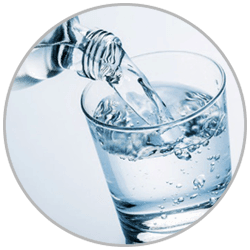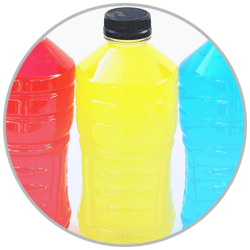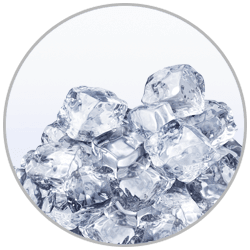Progress
Online First Aid | Heat Emergencies
Heat-Related Medical Emergencies
Dehydration
Being exposed to extreme heat can be dangerous, especially when engaged in physical activity. If proper care isn’t taken, it can lead to life-threatening medical conditions.
Dehydration occurs when a person loses too much water or fluids as a result of:
- ● Heat exposure
- ● Excessive exercise
- ● Vomiting or Diarrhea
- ● Fever
- ● Insufficient fluid intake
Signs of Dehydration:
- ● Weakness
- ● Thirst
- ● Dry Mouth
- ● Dizziness
- ● Confusion
- ● Less Urination than usual
Treating Dehydration:
- ● Heat exposure
- ● Excessive exercise
- ● Vomiting or Diarrhea
- ● Fever
- ● Insufficient fluid intake
Signs of Dehydration:
- ● Weakness
- ● Thirst
- ● Dry Mouth
- ● Dizziness
- ● Confusion
- ● Less Urination than usual
Treating Dehydration:
If you think that a person is dehydrated, contact a healthcare provider as soon as possible. The best option for treating dehydration is prevention: drinking and eating enough to stay hydrated is important
Heat Cramps
Heat cramps are painful muscle spasms that can occur as a result of electrolyte imbalance. They usually occur in the calves, arms, stomach muscles, and back. The symptoms are usually not dangerous on their own, but they are a warning sign.
Signs of Heat Cramps
- ● Muscle cramping and spasms
- ● Sweating
- ● Headache
Heat cramps are a warning sign. If action is not taken, the person may develop worse heat-related symptoms.
Helping a Person with Heat Cramps
- ● Get a first aid kit
- ● Wear PPE
- ● Have the person sit or lie down, rest, and cool off
- ● Have the person drink something with sugar and electrolytes. Sports drinks or juice are preferable. If those are not available, just have them drink water
- ● Apply a bag of ice and water wrapped in a towel over the affected area, if the person can tolerate it



Heat Exhaustion
Milder conditions such as heat cramps can become heat exhaustion if not recognized and treated quickly. It is important to know the signs to prevent the situation from worsening.
Signs of Heat Exhaustion
- ● Nausea
- ● Vomiting
- ● Dizziness
- ● Muscle cramps
- ● Fatigue
- ● Feeling faint
- ● Heavy sweating
Steps to treat Heat Exhaustion
- ● Get a first aid kit
- ● Wear PPE
- ● Call 9-1-1
- ● Have the person lie down in a place where they can cool off
- ● Remove as much of their clothing as possible
- ● Cool the person down with a cool water spray. If it is not available, place a cold, damp towel on their neck, armpits, and groin
If the person is responsive:
- ● Have the person drink something with sugar and electrolytes. Sports drinks or juice are preferable. If those are not available, just have them drink water.
Heat Stroke
It is important to treat heat-related conditions as soon as possible. If a person is not treated quickly enough, they may suffer heat stroke; a life-threatening condition. If you suspect a person is having heat stroke, help to cool them off immediately. If you cannot immerse someone in cool water, spray them with a cool water spray. However, if they begin to behave normally again, stop cooling them. Overcooling them can lead to low body temperature.
Signs of Heat Stroke
- ● Confusion
- ● Nausea
- ● Vomiting
- ● Fatigue
- ● Feeling faint
- ● Muscle cramps
- ● Fainting
- ● Seizure
Steps to someone who has Heat Stroke
- ● Call, or have someone else call 9-1-1
- ● Immerse the person in cool water up to their neck if possible, or spray them with cool water
- ● If the person becomes unresponsive or is not breathing normally, give CPR
Instructor: Mike Figuero
Publish Date: 2022-04-02
Last Updated: 2022-07-18